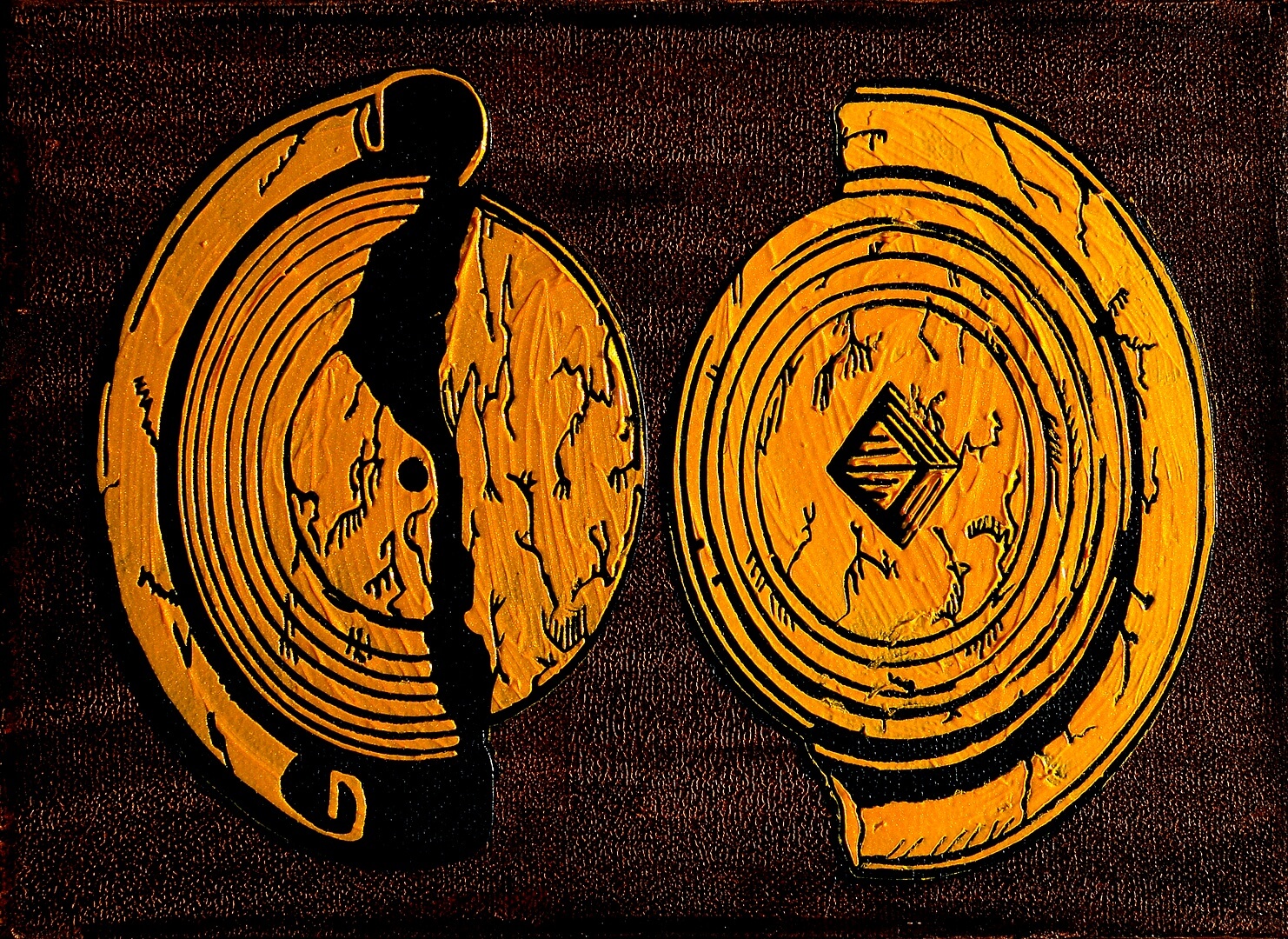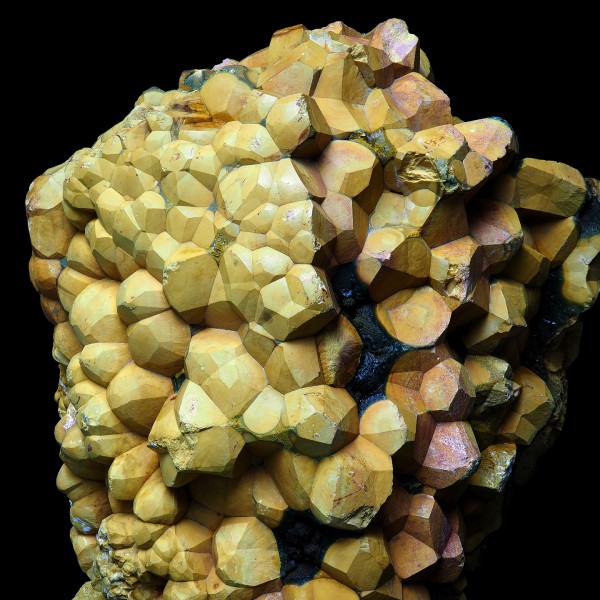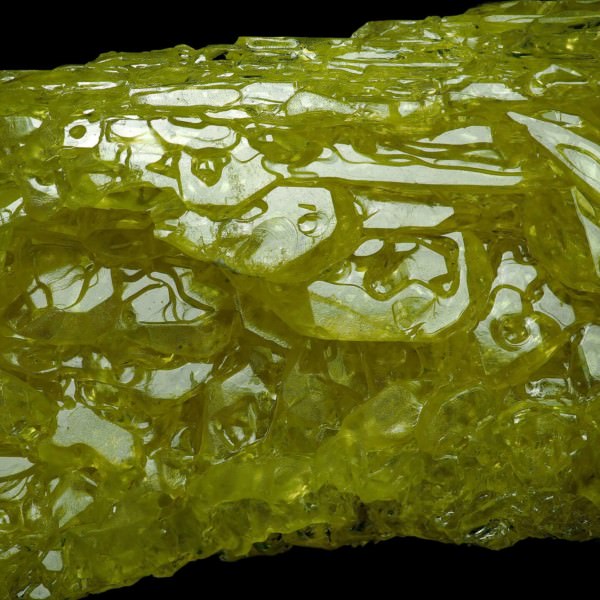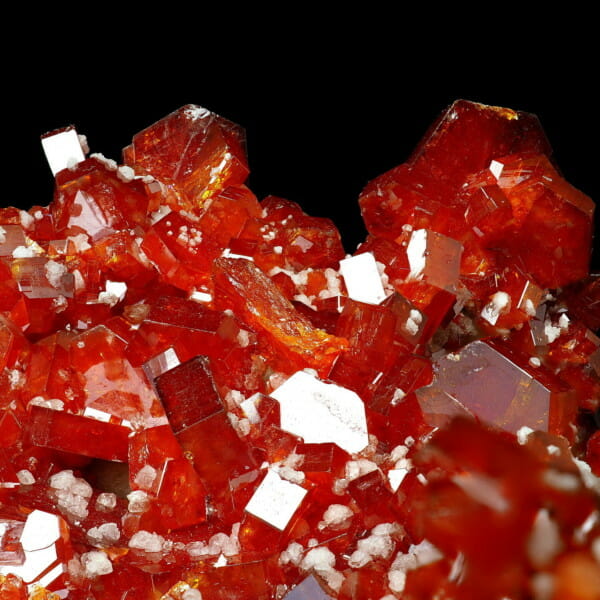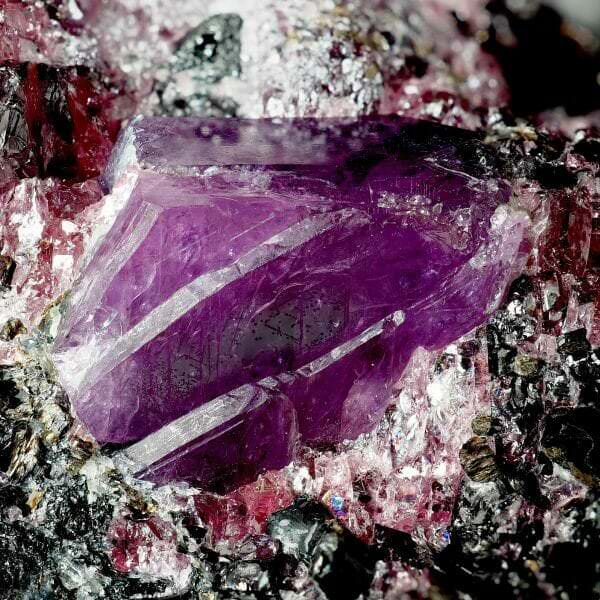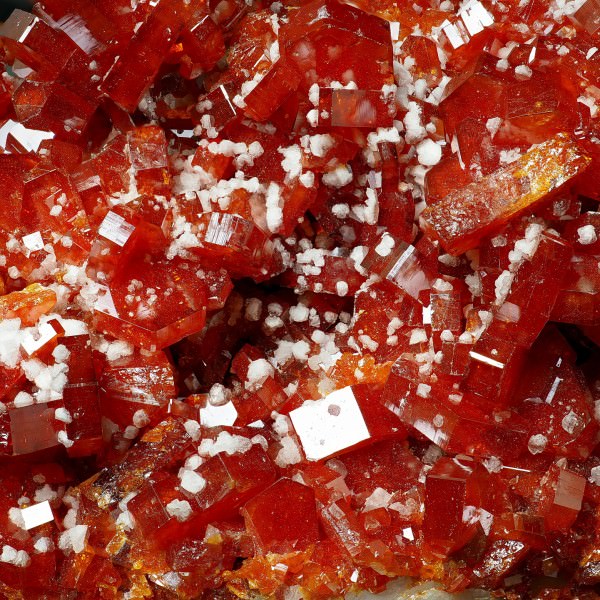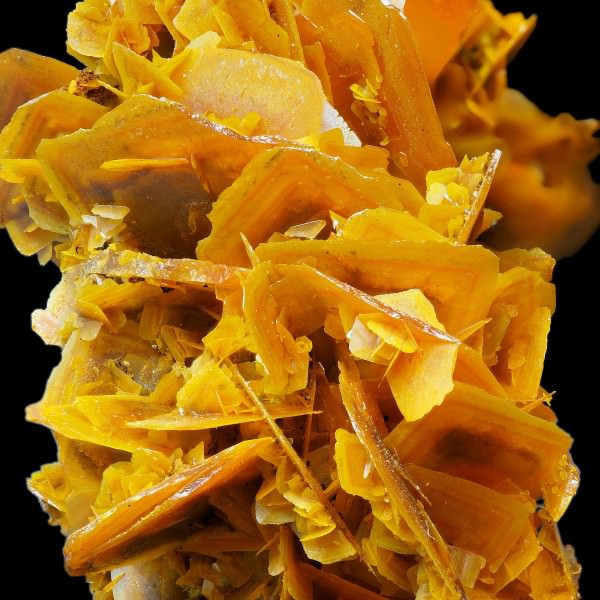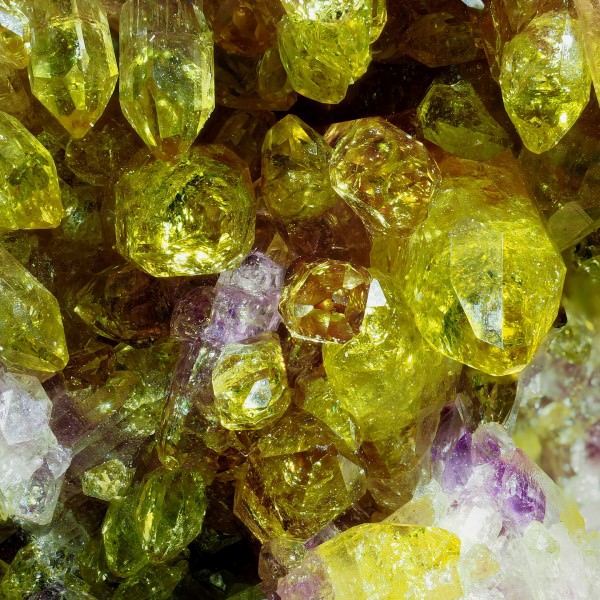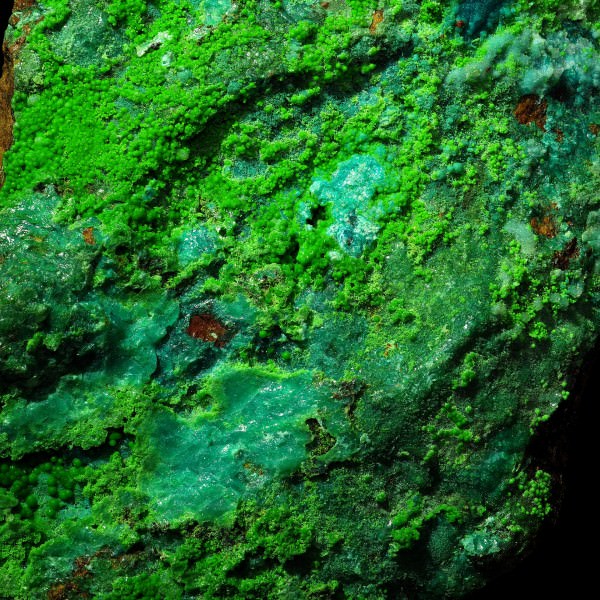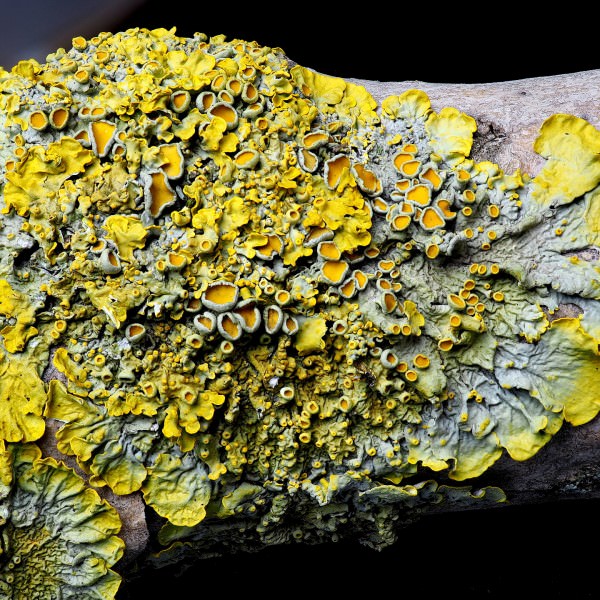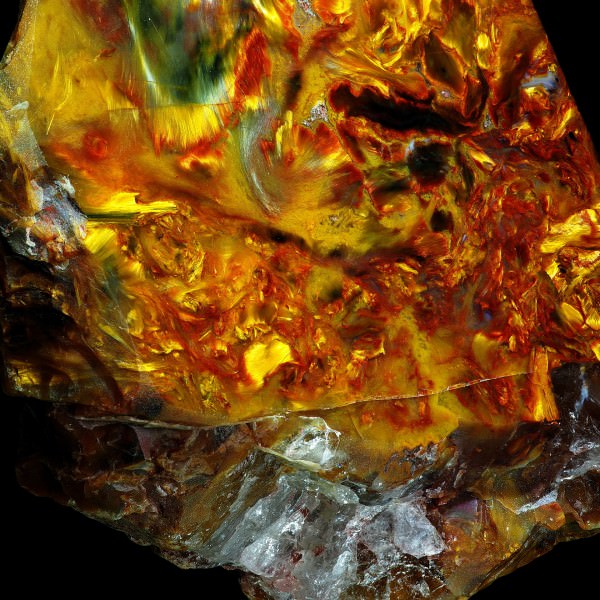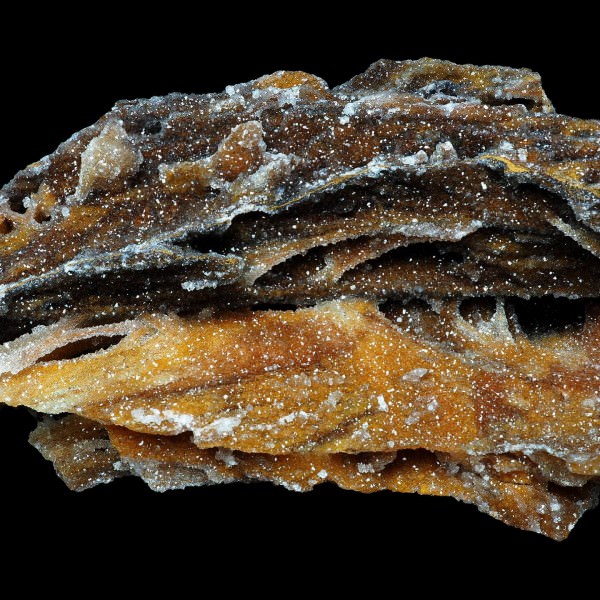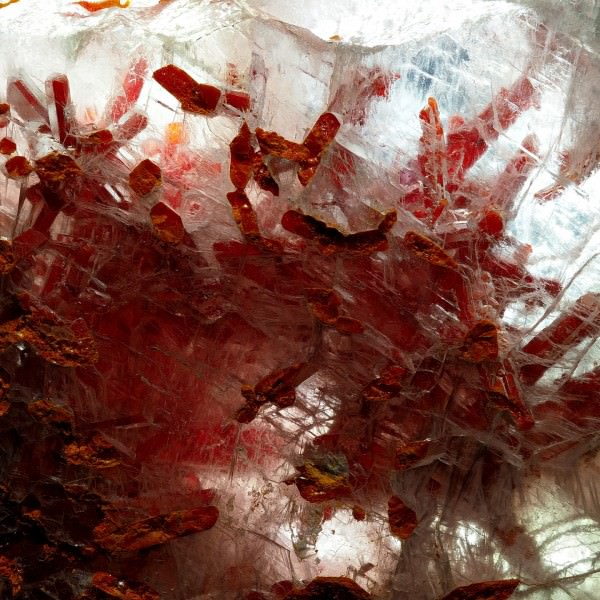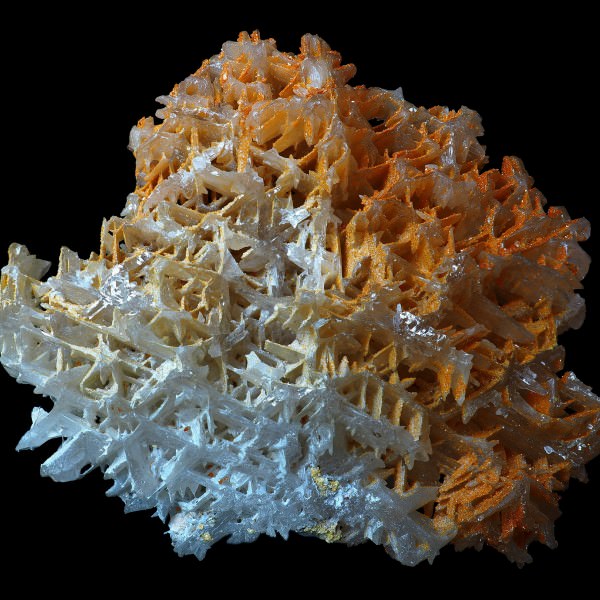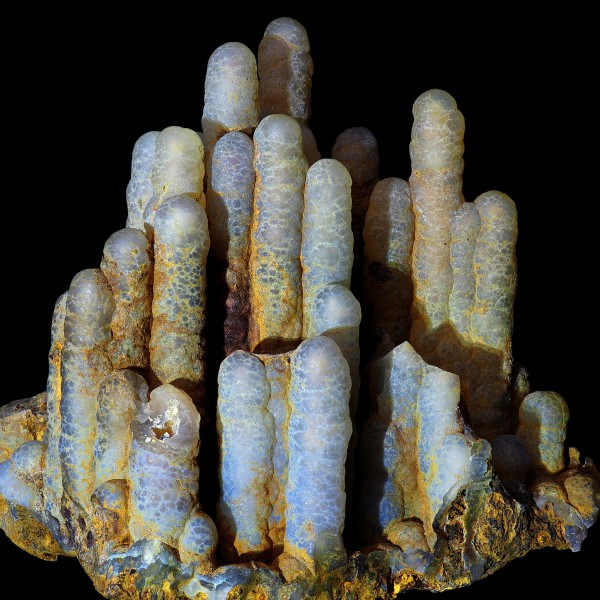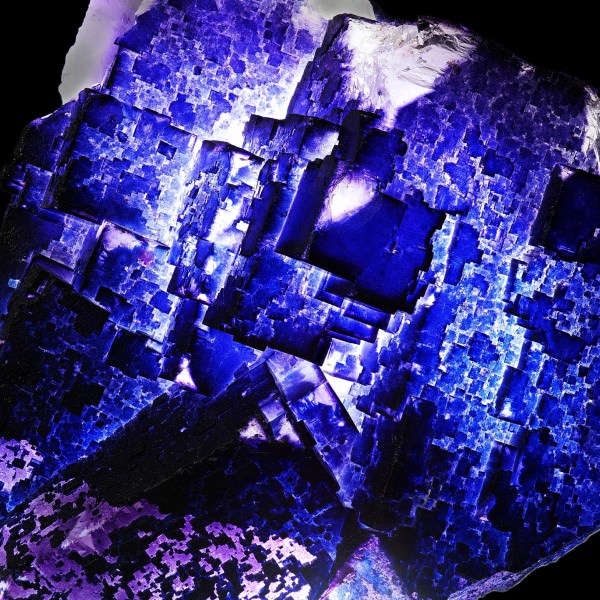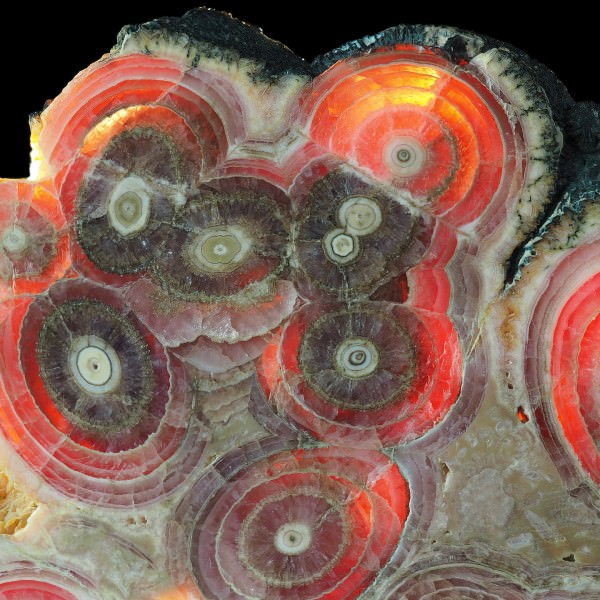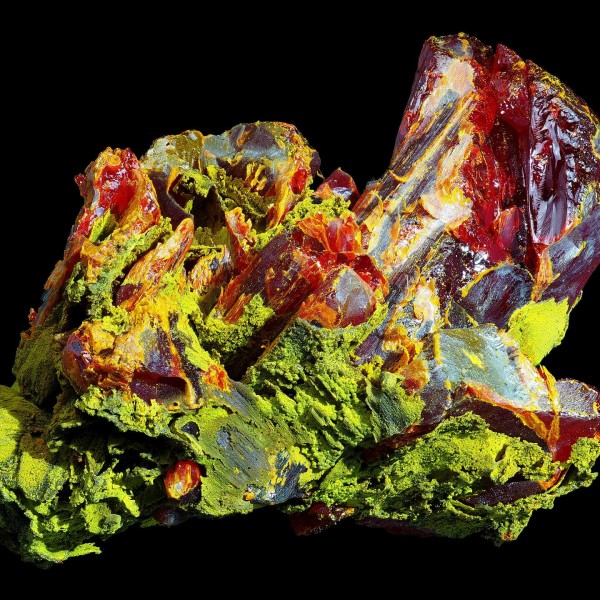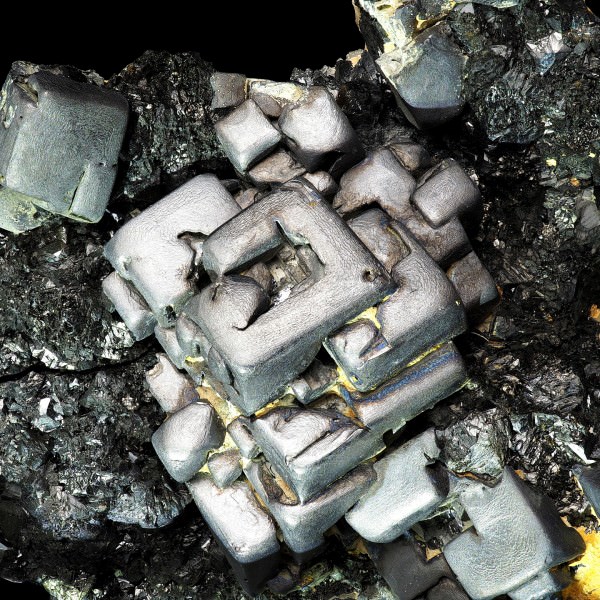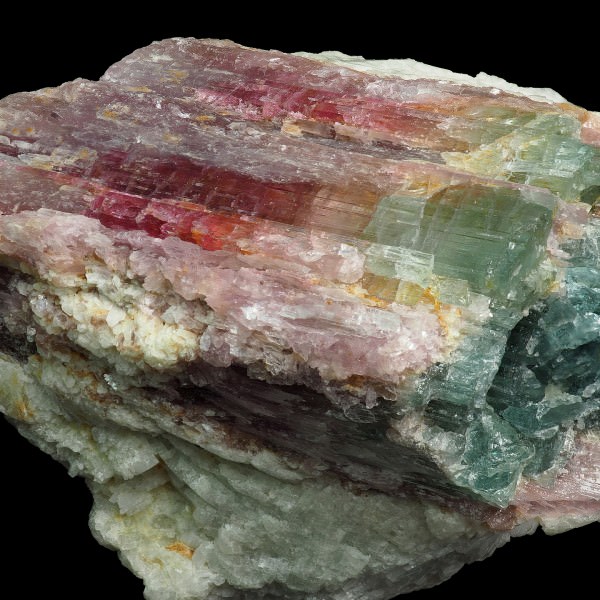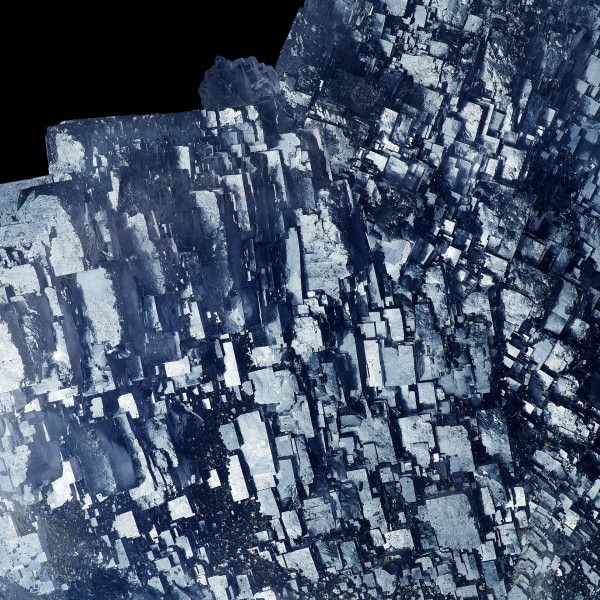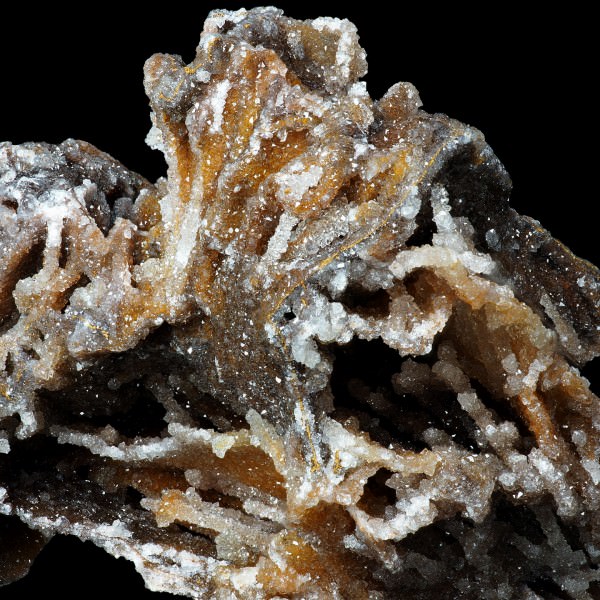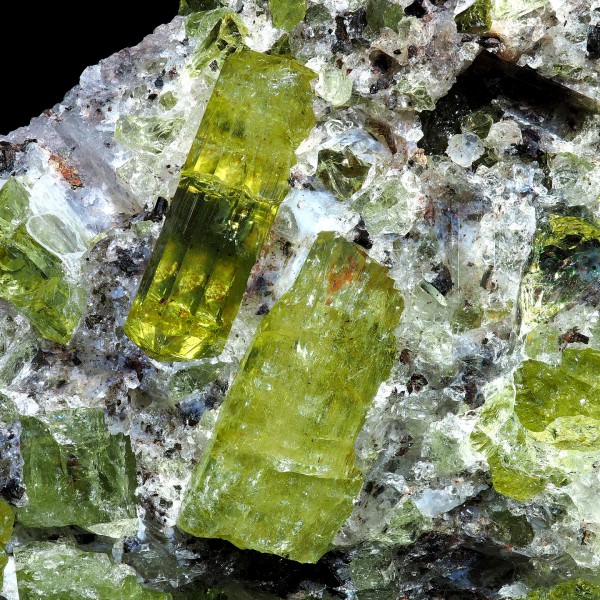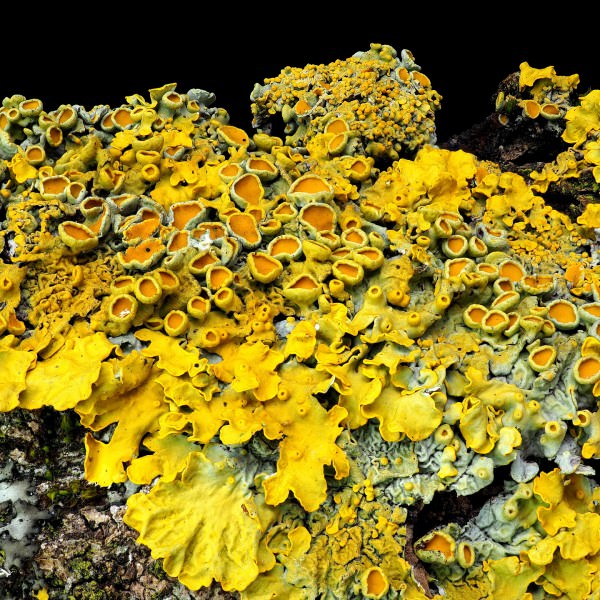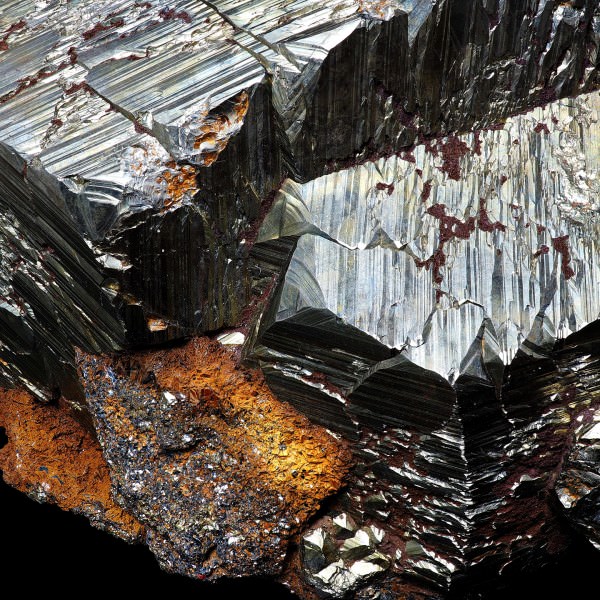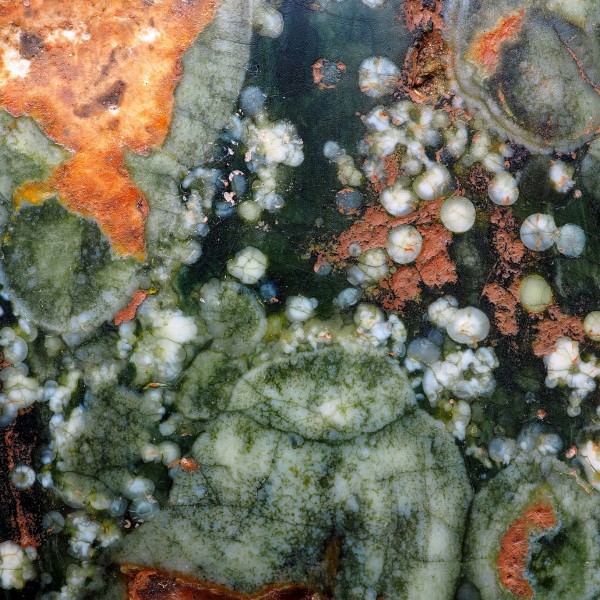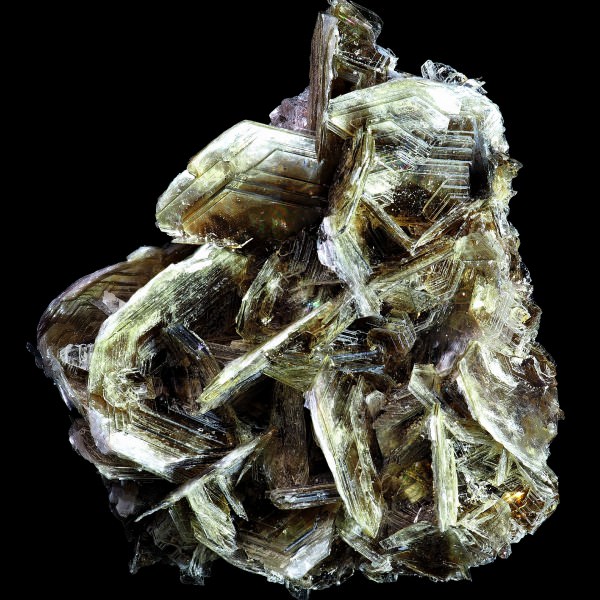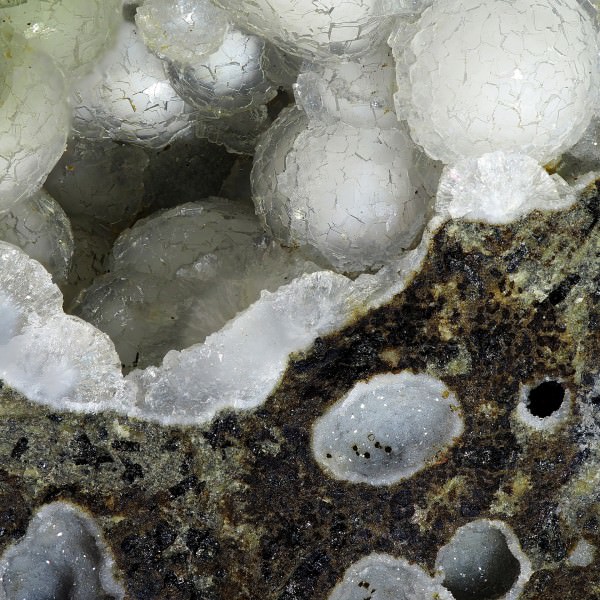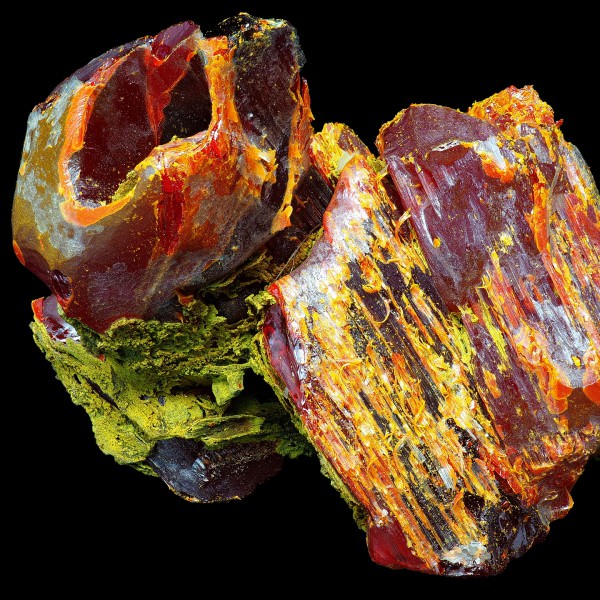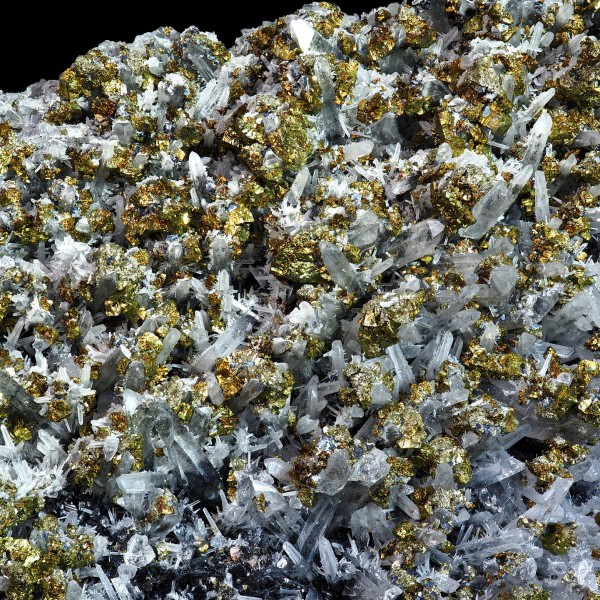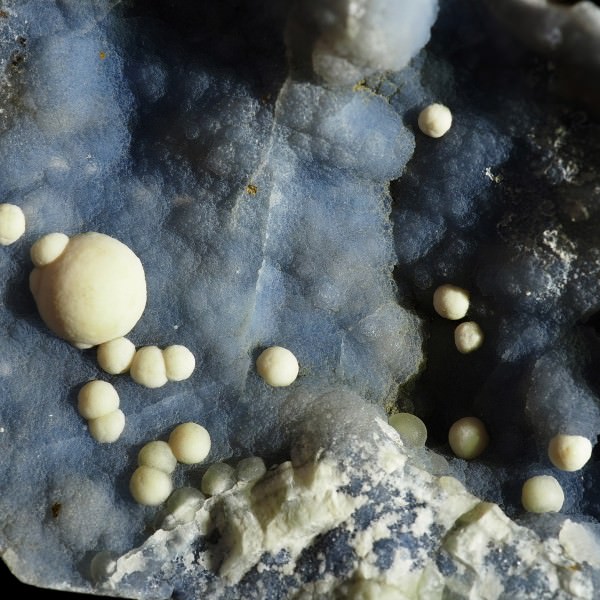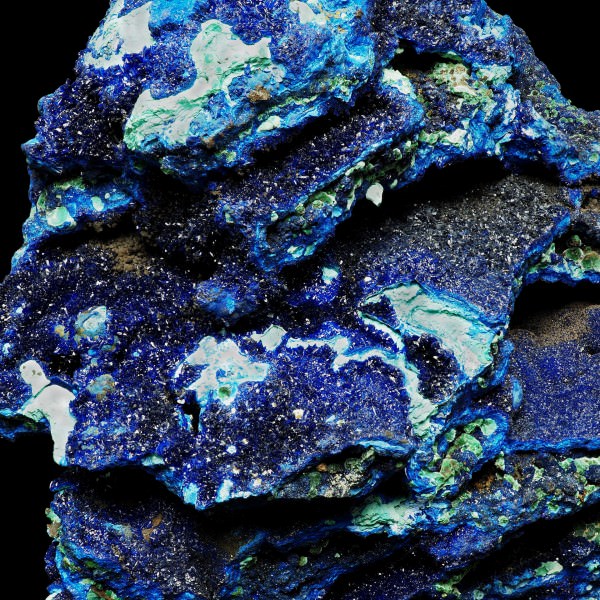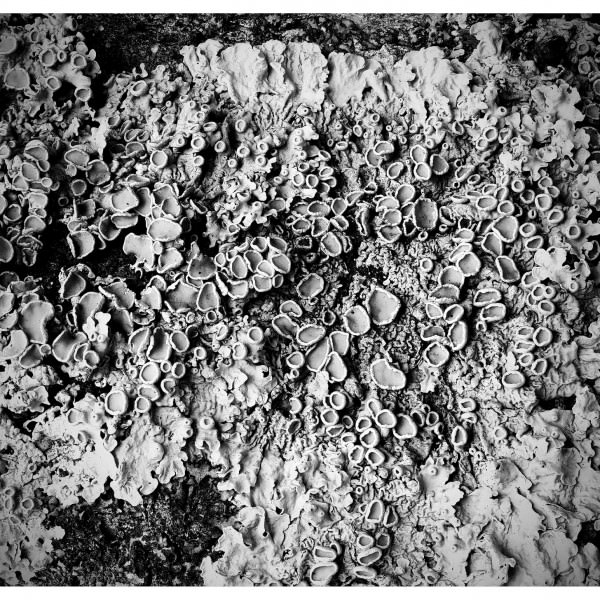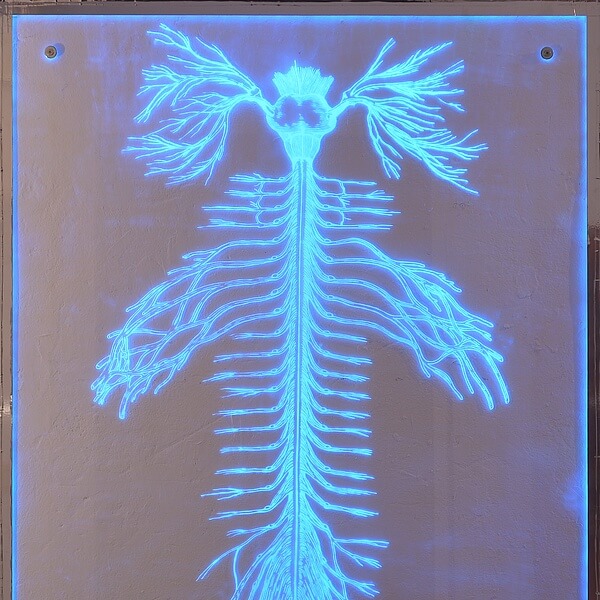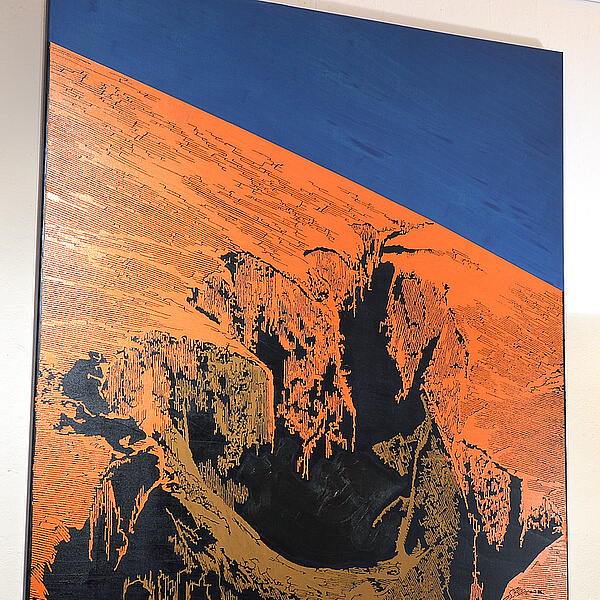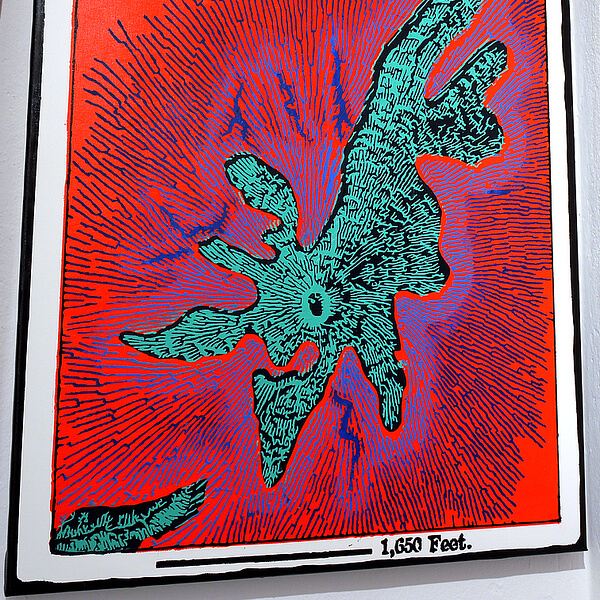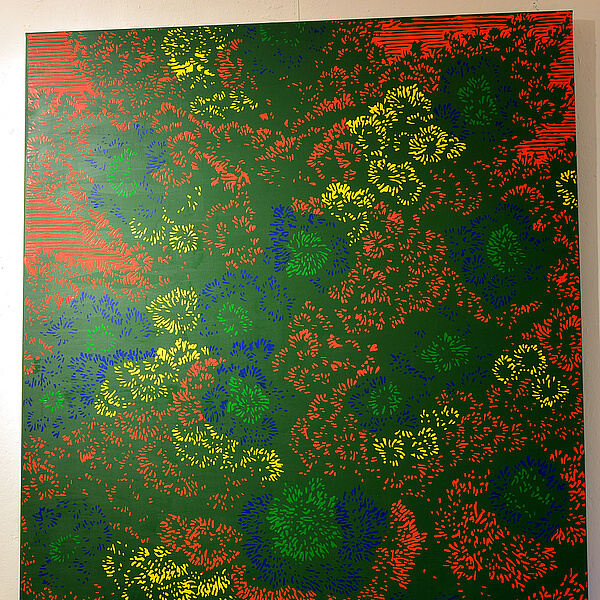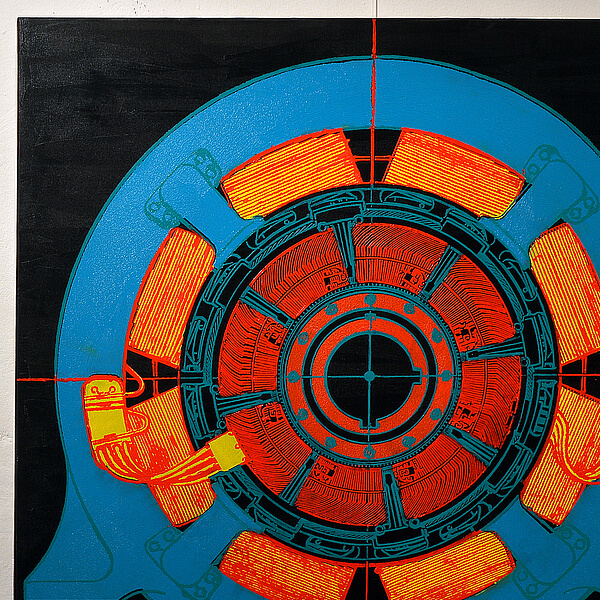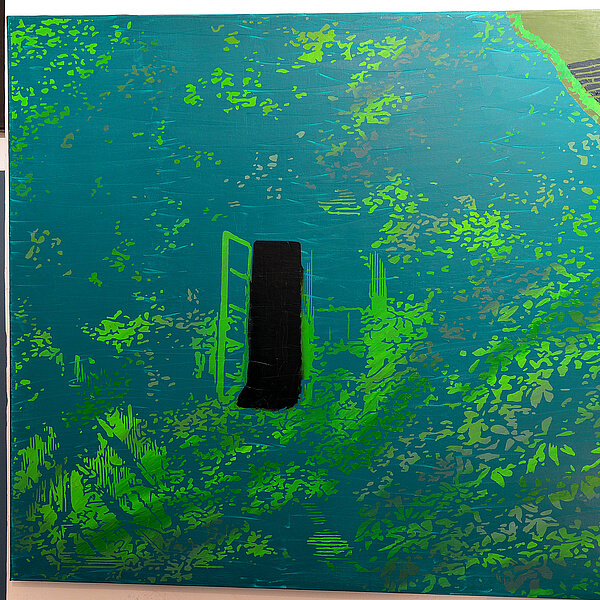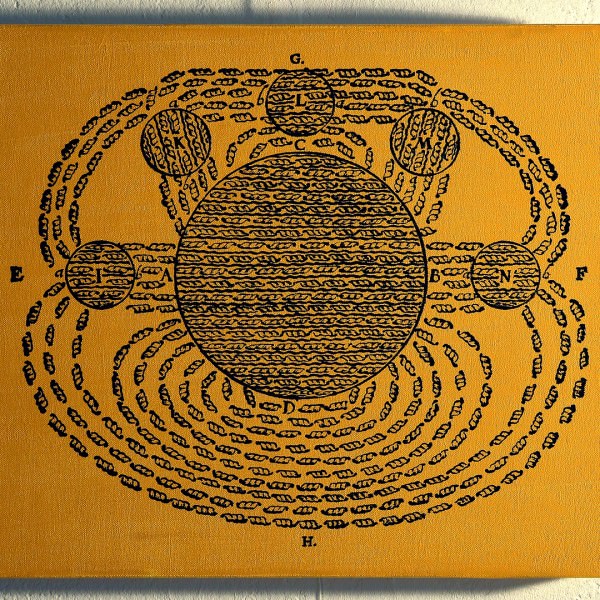Painting: “Black Gold”
This painting was created for a small-format exhibition in Paris. It was interesting to paint on such a small canvas, with a maximum allowed size of just 16x22cm.
The painting depicts ‘Kimmeridge Coal Money’, a rare type of artifact only found in Kimmeridge, a relatively remote region of England.
These coins have been carved from the local Jurassic black shale, not actually coal as could be assumed from the name, and not the gold which I’ve chosen to represent them as for symbolic purposes.
The age and purpose of these artifacts is unknown. They have been found underground in large numbers, along with other carved ornaments and pottery.
Based on other artifacts found together in the same ‘digs’, it has been speculated these objects were carved by Phoenician artists.
It is believed the coins were not used as currency (it would have been too fragile) but perhaps as representations of money used during mystical rites. The surrounding artifacts found with these coins suggest they may have been sacrificial offerings as part of fire ceremonies.
The workmanship of the coins is impressive, being smoothly worked and highly polished. This indicates the creators had access to advanced tools including high quality lathes.
It is speculated the region could have been the location of a Phoenician artist colony established to take advantage of the abundance of shale and other local resources. These days Kimmeridge only has a population of around 100, and is the location of Britain’s oldest working oil pump.
